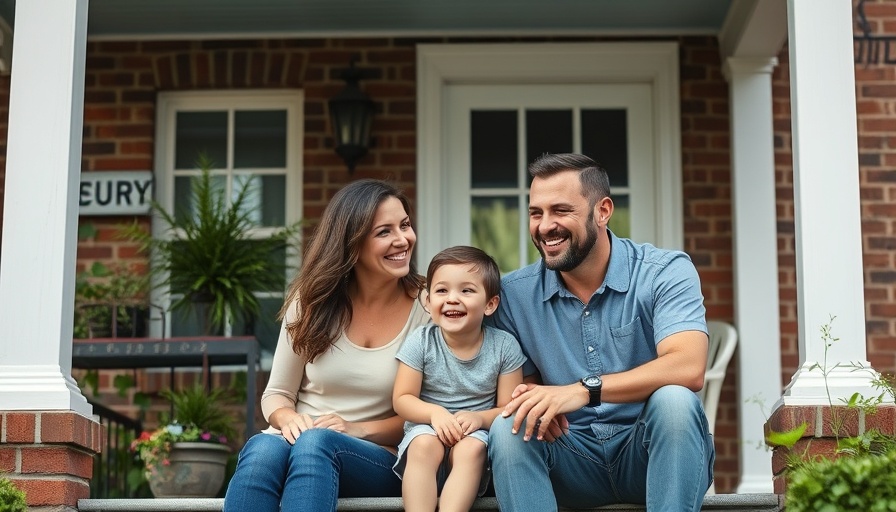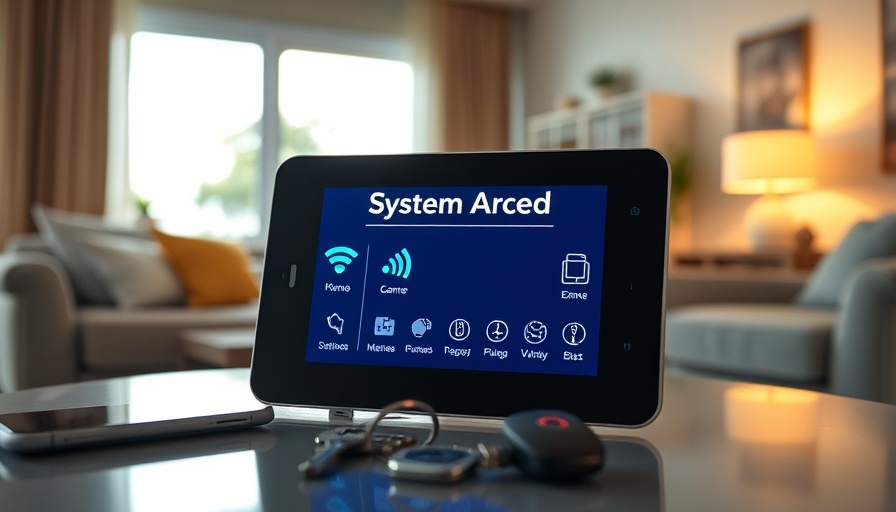
Why Multi-Generational Living is on the Rise
As family dynamics shift, the trend of multi-generational households has gained traction in the United States. The Pew Research Center reports that the number of Americans living in these homes has jumped from 14 million in 1971 to nearly 60 million by 2021. This represents a profound societal change, where approximately 18% of the U.S. population now shares their living space with multiple generations. Such arrangements provide economic benefits and emotional support but introduce unique security challenges.
Addressing Security Needs for Every Generation
Every age group within a multi-generational home has specific needs that must be addressed. For instance, children may forget to lock doors, while aging grandparents might require mobility aids that can create trip hazards. These intricate dynamics necessitate a robust yet flexible security strategy.
Essential Security Measures for Peace of Mind
To effectively secure multi-generational homes, consider implementing these essential features:
- Smart Locks: Provide each family member with an individual code, eliminating lost keys and enhancing accessibility.
- Door/Window Sensors: These can alert family members if a door or window is left ajar, promoting safety, especially for younger children.
- Motion Detectors and Cameras: Monitor common areas to identify unusual activity, giving everyone peace of mind.
- Video Doorbells: Allow family members to screen visitors safely, enhancing security for seniors and kids alike.
Creating Spaces for Young Children
Among the vulnerable members of multi-generational households are the young children. It’s critical to childproof living spaces by locking away harmful substances and ensuring safe environments. Leveraging technology, a security system that sends alerts when young family members return home can also ease the minds of busy parents and older adults.
Ensuring Safety and Independence for Seniors
Aging relatives desire independence but often require constant safety measures. User-friendly security systems that allow them to call for help with a single button press or automatic emergency dialers can ensure that seniors feel secure and connected without compromising their independence. Additionally, thoughtful home design, such as well-lit walkways, is key to minimizing fall risks.
Conclusion: Prioritizing Safety for All
Ultimately, ensuring the safety of every generation in a multi-generational home requires thoughtful preparation and the right security measures. By understanding the unique needs of children, adults, and seniors, families can foster a sense of security and community. Embracing these strategies not only protects loved ones but also enhances the quality of life in shared living arrangements.
 Add Row
Add Row  Add
Add 




Write A Comment